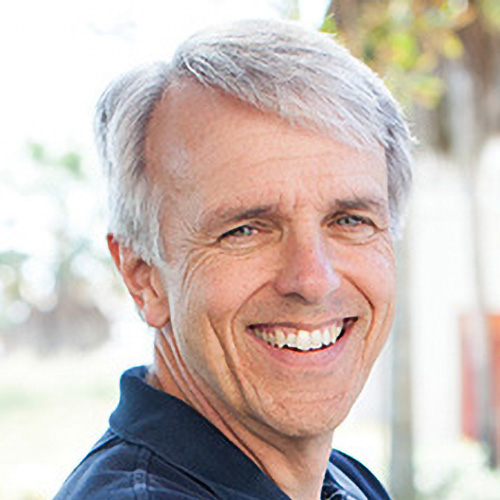How do you define interdisciplinary education?
There’s switching between something (a set of single disciplines) but there’s also being in the mix.
One way of looking at it is if you can convince discipline A that you’re part of discipline B. I’m very good at convincing geographers that I am a computer scientist and convincing computer scientists that I am a geographer.
And one of the things that I would say defines interdisciplinary is your ability to do that… Your ability to understand when people seem to be disagreeing but they’re not really because they’re talking about the same thing in different terms.
Interdisciplinary doesn’t work unless it’s people who can do that. You can translate across across the boundaries and the only way you get that is by getting some depth in both, through the both of the disciplines.
Multi or interdisciplinary works where there are obvious points of tangency not just necessarily a problem that falls between them but techniques that bridge the gap.
How do you describe your teaching “field?” (as in research field)
I’m a geographer by training and a computer scientist by necessity.
Sometimes the gaps between disciplines are so large that they don’t need bridges they need an entire background. The Geography department here which I grew up in is a is a good example of that because traditionally geography is very is it has a social science aspect and a physical science. And it’s really unusual to get them together under the same roof. As geographers we think in terms of space - we use maps, we use certain kinds of reasoning, you know, whether it’s the tools or the models or in the way that we organize knowledge.
What creates a successful interdisciplinary education experience?
I think that if Bren was a collection of people and we didn’t have a MESM program I think it would be much less interesting place. I think that the MESM program keeps us alive. Yeah. You know for forcing us to think about you know how do we boil down what we’re doing so we can pour it into these people that are going to be just cross disciplinary enough to not make fools of themselves. You know the other thing is they’re in this mix. You know because of this incredible range of backgrounds in the Master’s students you know they’re in a class with somebody who you know, strength is in econ, and strength in geology, and strength is in policy. And so they wind up helping each other. And so a lot of this cross disciplinary experience happens just while they’re working on their homework.
